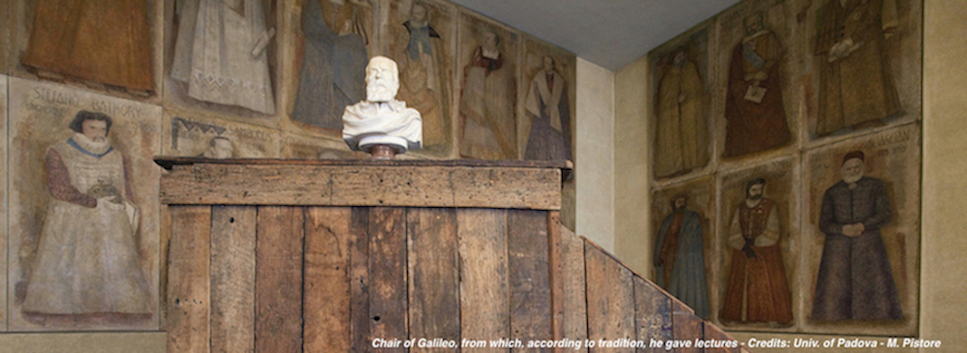Speaker
Alberto Ressa
Description
The next generation experiment CUPID will search for neutrinoless double beta decay using scintillating Li$_2$MoO$_4$ bolometers to study the candidate isotope $^{100}$Mo. The scintillating properties of these crystals allow for the dual read-out of heat and light signals to suppress the background induced by alpha particles. This feature, together with the high Q-value of $^{100}$Mo, will reduce the background level by a factor 100 with respect to CUORE, the predecessor of CUPID. The R&D results presented concern the study of the detector performances in terms of energy resolution, a key element to search for rare decays, and light yield, to understand the particle identification capabilities of the experiment.
| Collaboration name | CUPID |
|---|

